Baldur’s Gate 3’s creative director has admitted that the game’s story was inspired by a random and quite disgusting piece of artwork from one of the official Dungeons & Dragons sourcebooks. This led to Mind Flayers being the main focal point at the story’s start, with the player trapped on a Nautiloid ship at the mercy of horrifying Illithids.
Mind Flayers are among the most terrifying monsters a D&D party can face. This has been true throughout the game’s various editions, as Mind Flayers are masters of psionics, allowing them to disable party members with their psychic powers. These Mind Flayers are not a natural race, as they infect other humanoids with tadpoles, turning them into new Mind Flayers through a process called Ceremorphosis.
Related: Baldur’s Gate 3: What’s The Level Cap?
Baldur’s Gate 3’s Story Was Inspired by Artwork of D&D’s Mind Flayer Tadpoles

In an interview with Eurogamer, Sven Vincke, the creative director of Baldur’s Gate 3, was asked about the project’s origins. According to Vincke, the idea for the story came from a piece of artwork that appeared in Volo’s Guide to Monsters, depicting a tadpole entering the eye of a humanoid. He then pitched the idea of Mind Flayers as villains to the rest of the team.
The thinking behind using Mind Flayers was that it was a great way to kick off the story without relying on a ‘chosen one’ narrative. It also gave the party of rather different characters an excuse to be together, as they’re all on a mission to get the tadpole out of their brains before they turn into a Mind Flayer. The protagonist also has to resist the temptations of the tadpole, as it provides them with power, similar to the Bhaalspawn powers and Slayer Form in Baldur’s Gate 2.
This led to the premise of Baldur’s Gate 3, where the protagonist and some of the party members are trapped on a Nautiloid ship and infected with a Mind Flayer tadpole. The ship is then attacked by fiends and forced to return to the Prime Material Plane, allowing the party to escape the ship’s wreckage and go on a hunt to find a cure for their condition.
Related: Baldur’s Gate 3: Do Early Access Saves Work With The Full Game?
It’s odd that a single piece of artwork in one random D&D book would inspire the story of one of the biggest video game adaptations of the Forgotten Realms, but inspiration comes from odd places. It’s a great kicking-off point for a new D&D game, as Mind Flayers are some of the most iconic monsters in the game’s history, and they’re well worthy of being featured foes in Baldur’s Gate 3.


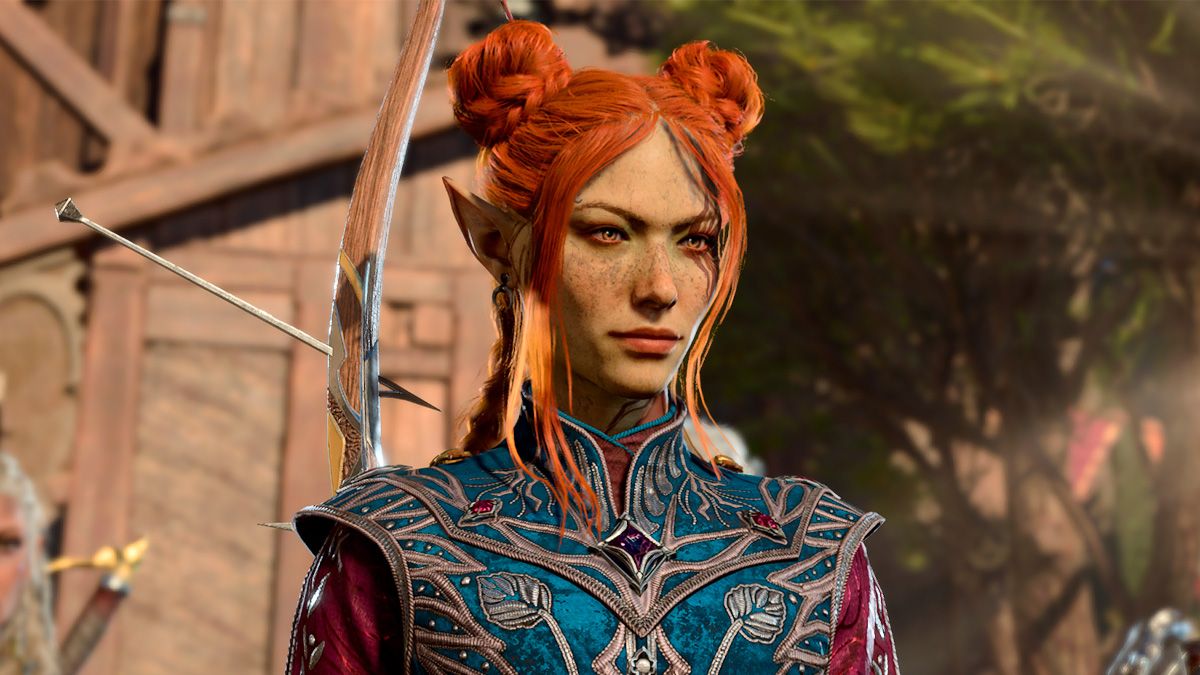
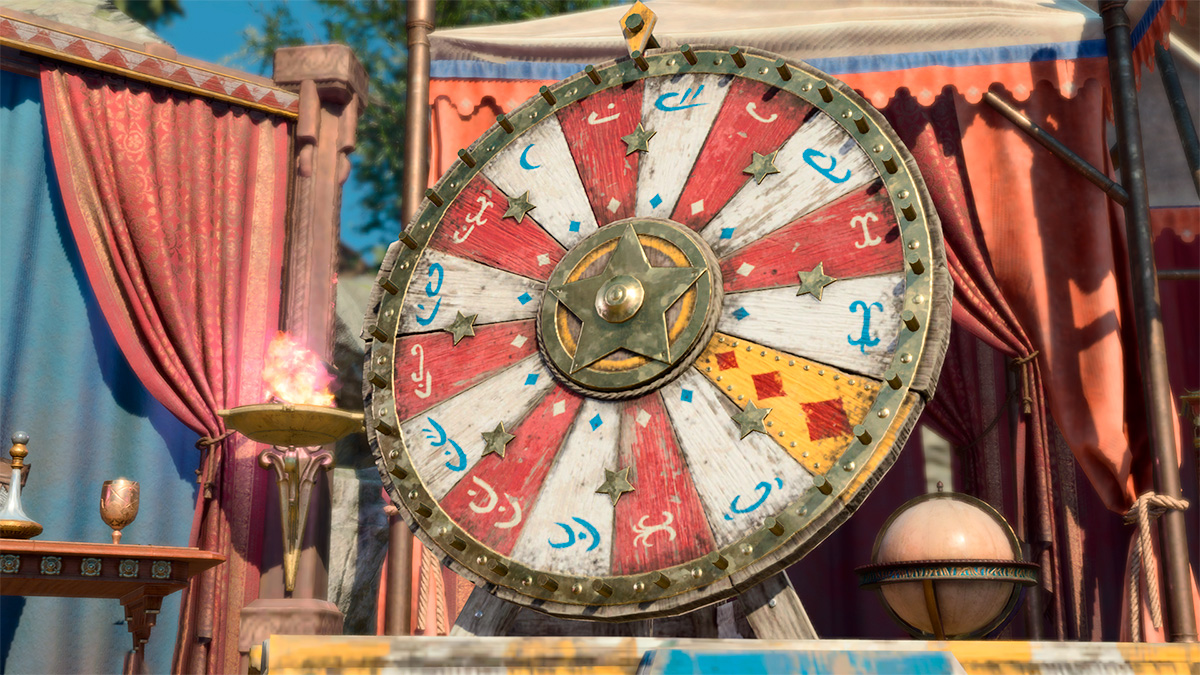
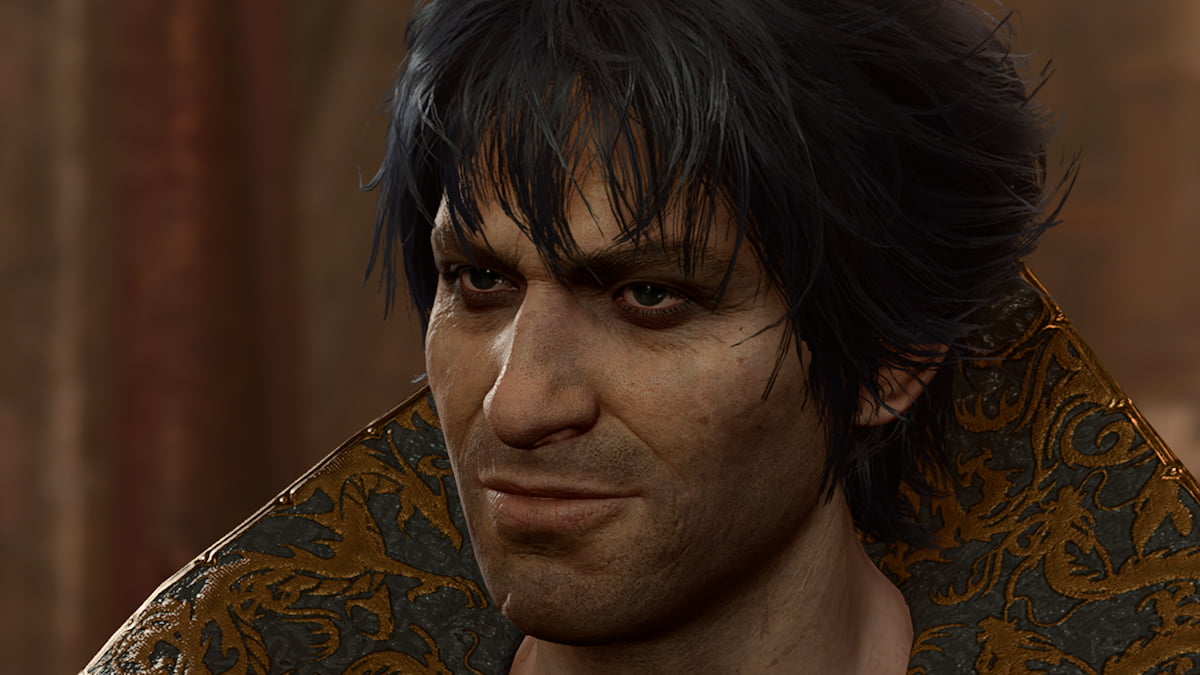
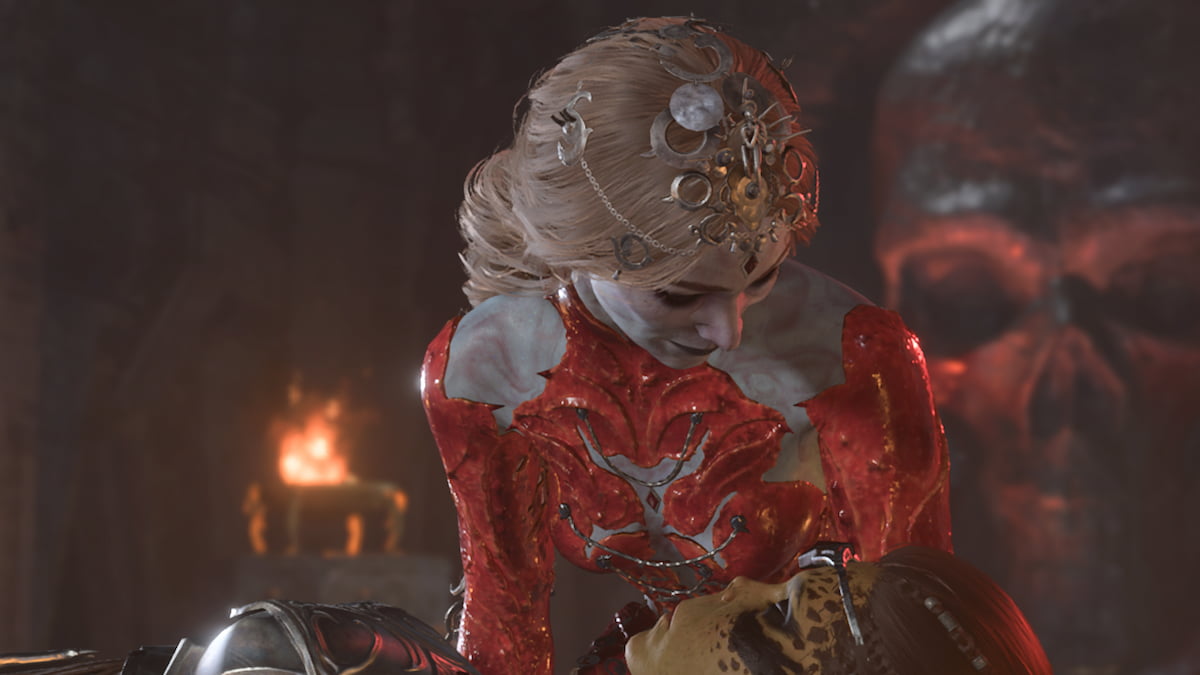
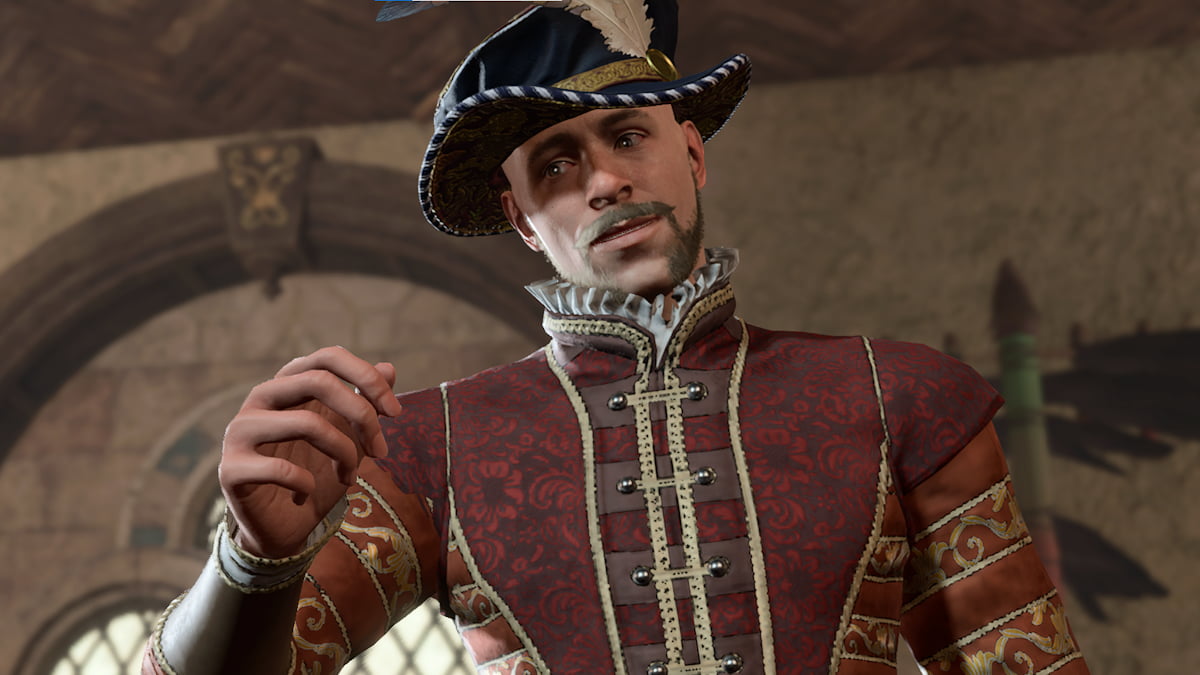
Published: Jul 16, 2023 06:38 pm